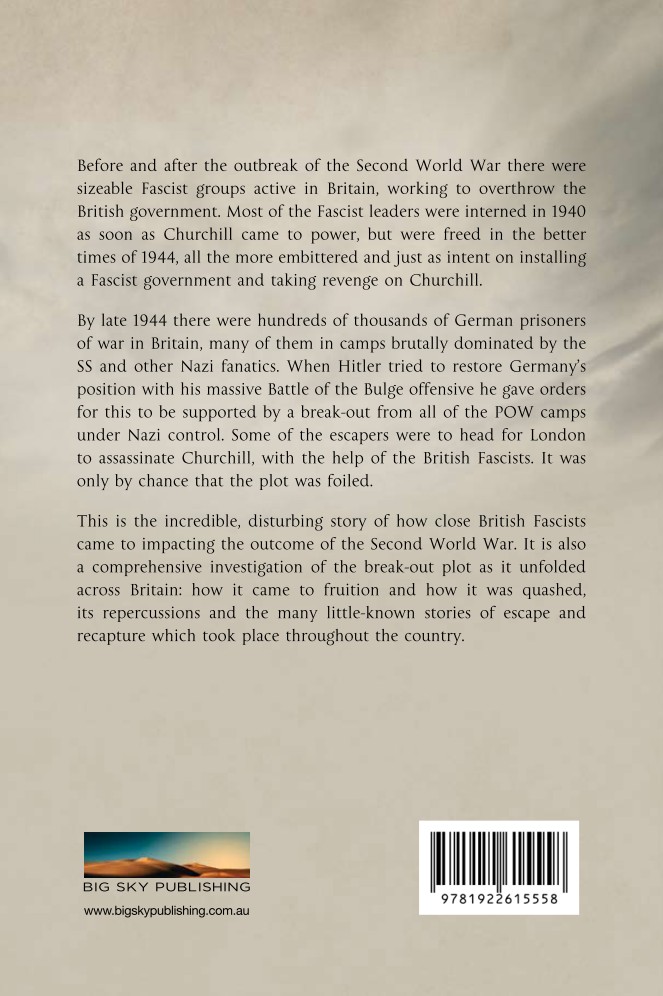Appendix
German and British Ranks
Comparative ranks in the German forces and the British Army. In some cases there were no exact equivalents.
| German Army | Waffen-SS | British Army |
| Grenadier/Fusilier etc. | SS-Mann | Private |
| Gefreiter | SS-Sturmmann |
| Obergefreiter | SS-Rottenfhrer | Lance corporal |
| Unteroffizier | SS-Unterscharfhrer | Corporal |
| Unterfeldwebel | SS-Scharfhrer | Sergeant |
| Feldwebel | SS-Oberscharfhrer | Staff sergeant |
| Stabsfeldwebel | SS Sturmscharfhrer | Sergeant major |
| Leutnant | SS-Untersturmfhrer | 2nd Lieutenant |
| Oberleutnant | SS-Obersturmfhrer | Lieutenant |
| Hauptmann | SS-Hauptsturmfhrer | Captain |
| Major | SS-Sturmbannfhrer | Major |
| Oberstleutnant | SS-Obersturmbannfhrer | Lieutenant Colonel |
| Oberst | SS-Standartenfhrer | Colonel |
| SS-Oberfhrer |
| Generalmajor | SS-Brigadefhrer | Brigadier |
| Generalleutnant | SS-Gruppenfhrer | Major General |
| General der Infanterie* | SS-Obergruppenfhrer | Lieutenant General |
| Generaloberst | SS-Oberstgruppenfhrer | General |
| Generalfeldmarschall | Field Marshal |
* or der Artillerie, der Panzertruppe, etc.
About the Author
Brian Lett is an author specialising in Second
World War history. His previous books include titles
on the SAS and other special forces. He has lectured
extensively on irregular warfare in World War II,
including to the British Army. He is a recently
retired Queens Counsel who practised at the Bar
of England and Wales for forty-seven years.
By the same author
SAS in Tuscany 19431945
Ian Fleming and SOEs Operation Postmaster
The Small Scale Raiding Force
An Extraordinary Italian Imprisonment SOEs Mastermind
Italys Outstanding Courage
Gordon Lett Amico dItalia [in Italian]
www.brianlettauthor.com
Authors Note and Acknowledgements
Researching and writing this book has taken me into a world of unbelievable bigotry, fanaticism, feral violence and racial prejudice. I have dedicated the book to my two youngest granddaughters, Zoe and Maggie, in the hope that the world that they grow up in will be able to rid itself of such extremism. Perhaps that is a vain hope.
I would like to thank all those who have helped me with my research for this book. First on the list must come Jack Birrell and other representatives of the Comrie Development Trust for their help and kindness on my visit to Camp 21. Much of Camp 21, Cultybraggan, Comrie is still intact; it is fascinating, and is very well worth a visit. I pay tribute to the excellent work that the Trust has done and continues to do.
I also send my thanks to the staff of the Devizes Museum, of the Wiltshire Heritage Centre, and of the National Archives, Kew, for their help with my researches.
Of course my thanks go to my friend and publisher Michael Leventhal long may our lunches continue and to his team at Greenhill Books.
Last, and without doubt most importantly, my thanks, together with my love, go to my wife Gilly, for her patience and understanding during the writing of this book and in particular for her endurance on our trip north to visit Comrie on a very cold wintry day in February.
Bibliography
I have tried wherever possible to rely on original archive material, and to cite the references in the text of this book. However, I am indebted to many authors for the excellent work that they have done. The relevant bibliography is set out below.
Andrew, Christopher: The Defence of the Realm, Penguin Books, 2009
Beckett, Francis: The Rebel who lost his Cause, London House, 1999
Beevor, Antony: Ardennes 1944, Viking, 2015
Bosworth, R. J. B.: Mussolinis Italy, Penguin Books, 2006
Caddick-Adams, Peter: Snow and Steel, Oxford University Press, 2015
Campbell, Valerie: Camp 21, Comrie, Whittles Publishing, 2017
De Normann, Roderick: For Fhrer and Fatherland, Wrens Park Publishing, 1998
Eppinga, Jane: Death at Papago Park Prisoner of War Camp, History Press (US), 2017
Falk, Quentin: The Musical Milkman Murder, John Blake Publishing, 2012
Foley, Charles: Commando Extraordinary, Longmans, 1954
Goodrick-Clarke, Nicholas: The Occult Roots of Nazism, New York University Press, 1985
Green, Vincent S.: Extreme Justice, Pocket Books, 1995
Hemming, Henry: Maxwell Knight, MI5's Greatest Spymaster, Penguin Random House, 2017
Hickman, Tom: Churchills Bodyguard, Headline Books, 2005
Jackson, Sophie: Churchills Unexpected Guests, History Press, 2010
Kesselring, Albert: The Memoirs of Field Marshal Kesselring, Greenhill Books, 2007
Lett, Brian: An Extraordinary Italian Imprisonment, Pen & Sword, 2014
_____: SAS in Tuscany, 1943-5, Pen & Sword, 2011
_____: SOEs Mastermind, An Authorized Biography of Major General Sir Colin Gubbins, Pen & Sword, 2016
_____: Gordon Lett Amico dItalia [in Italian], ISRA, 2018
Miller, Joan: One Girls War, Brandon, 1986
Parnell, Wilma: The Killing of Corporal Kunze, Lyle Stuart, 1981
Phillips, Peter: The German Great Escape, Poetry Wales Press, 2005
Scotland, A. P.: The London Cage, Evans Brothers, 1957
Tate, Tim: Hitlers British Traitors, Icon Books, 2018
Whiting, Charles: The March on London, Leo Cooper, 1992
Whittingham, Richard: Martial Justice, Henry Regnery /Blue Jacket Books, 1971
Chapter 1
Plans for the Ardennes and Serchio Offensives
In the autumn of 1944, Adolf Hitler was simply not prepared to contemplate Germanys total defeat. Despite the fact that August and the first half of September brought heavy defeats on both Western and Eastern Fronts, Hitler planned for a counteroffensive of such strength and speed that he believed that it could split the Allied forces in Europe in half. He aimed to drive a huge blitzkrieg force of men and armour through the Allied front line in the Ardennes forest. Using vastly superior force, speed and total surprise, Hitler planned to divide the US armies from the British armies, and to recapture the vital port of Antwerp and the southern bank of the Scheldt estuary. Having reduced the Allied forces to confusion, Hitler hoped to negotiate at the very least a favourable peace with his Western opponents, excluding the Soviet Union from the peace treaty. That would gain him some time to develop various improved weapons, and he could then concentrate on the Soviet forces in the east.
The central part of Hitlers plan as it developed was for the most powerful force that he could muster at this stage of the war to break out from their defensive line between Monschau and Wasserbill in the Ardennes, and to thrust through the US front line. He would get his armour through the Ardennes forest by the end of Day 2, reach the Meuse between Lige and Dinant by the end of Day 3, and seize Antwerp on Day 4. The strike would be so powerful and so unexpected that the Allies would not have time to move their superior numbers to the Ardennes sector. Hitler was counting on disagreements between the US and British commanders to confuse the Allied response. It was no secret that Bradley and Montgomery (respectively the principal American and British ground commanders) were often in dispute as to tactics. At this stage of the war, the Allies had total superiority in the air, but Hitler would wait for winter weather that was bad enough to prevent effective combat flying.
Next page

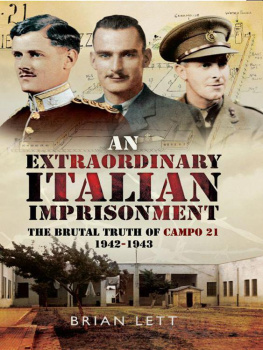
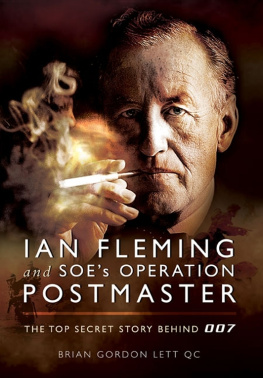
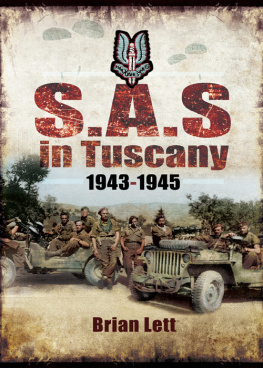
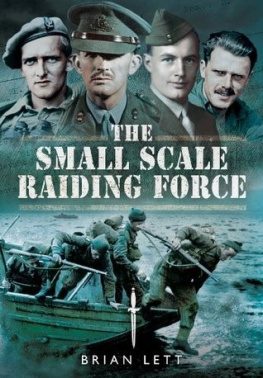



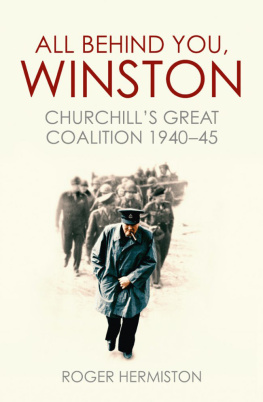
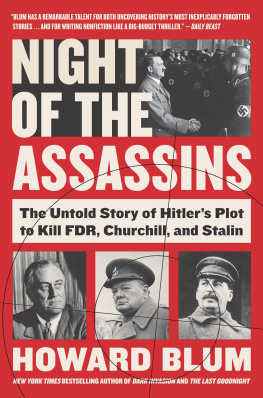
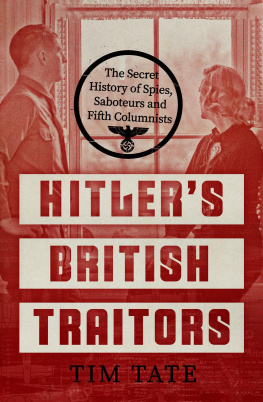
![Nicholas Rankin [Nicholas Rankin] - Churchills Wizards](/uploads/posts/book/56578/thumbs/nicholas-rankin-nicholas-rankin-churchill-s.jpg)
